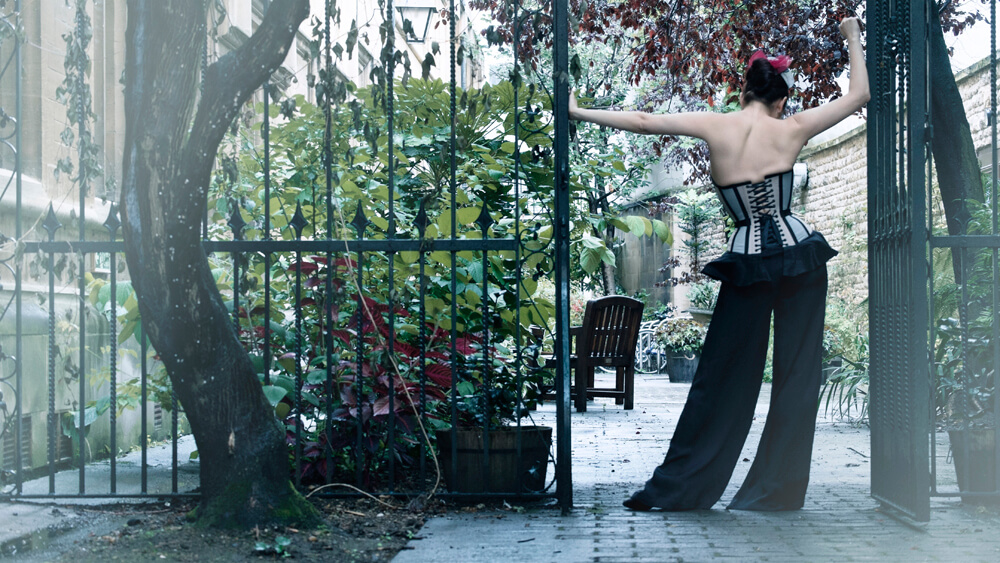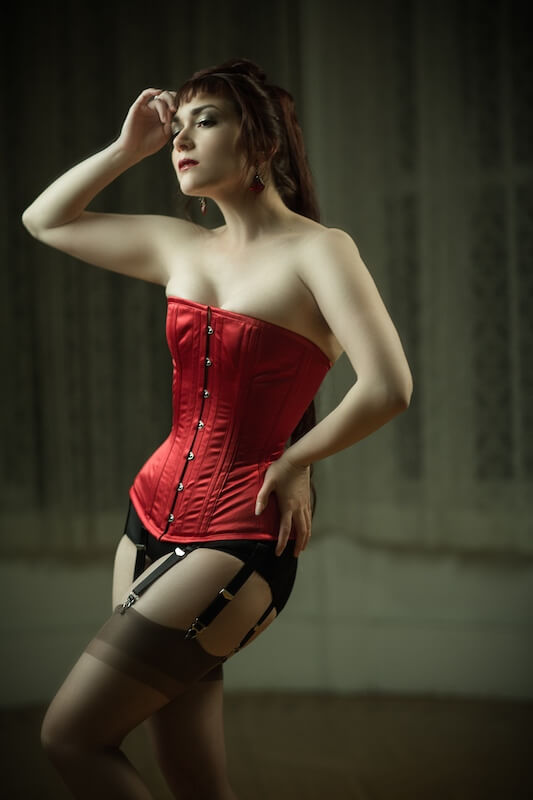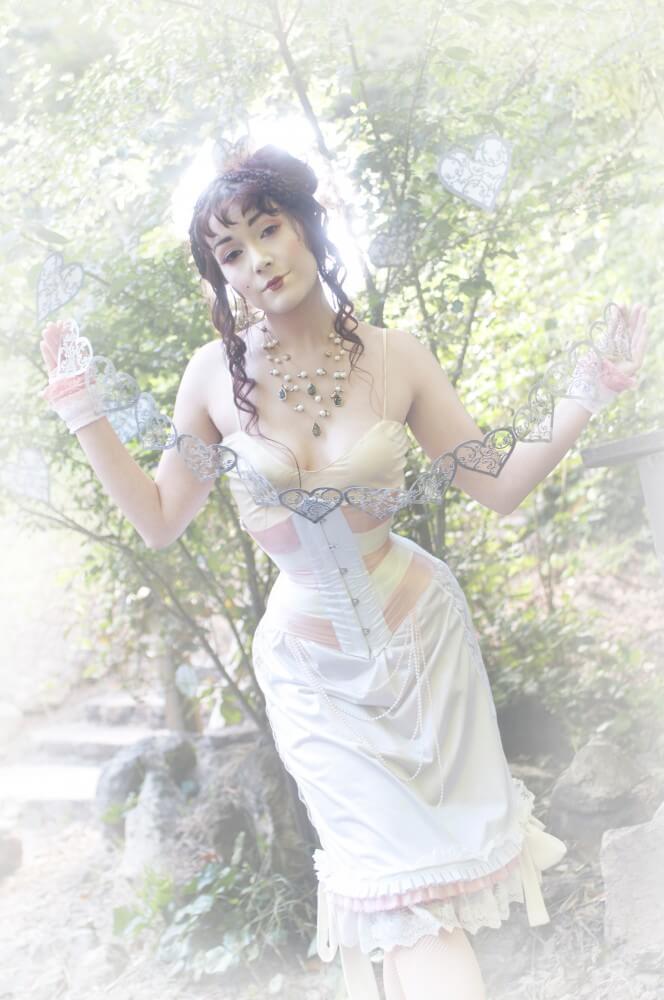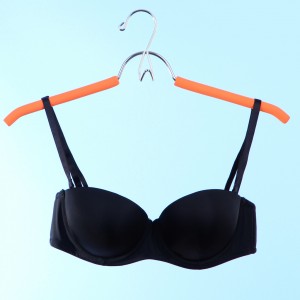Why Corsets Are Expensive
This post is partially a follow-up to something I wrote a long time ago, a post called, "What Is "Reasonable" Pricing?" Even shapeless, off-shore factory produced, polyester fabric and plastic boned corsets are often considered "expensive" by corsetry neophytes in this fast fashion world of Forever 21 and H&M. Well-established corsetieres who have been handcrafting a product for years or decades must deal with scrutiny from fans and customers as they raise their prices to match costs and inflation.
The short answer, of course, is that corsets require specialized skill, equipment, and materials to produce, and as a niche market are done so in low quantities. (If it were upscale food, we'd call it "small batch!") Ready for more information? Read on.
To briefly recap from that previous post:
...when “cost” of a garment is mentioned, it only covers the labor and materials to make that exact item, and nothing that comes before or after. From there you get the wholesale markup which must cover all the overheads for making any and all garments, including not just space for production and storage of materials but also prototyping and the staff for design, production, and sales reps to retail outlets, fit models, etc. Then the retail markup has to cover all the costs of getting the product to the consumer: the retail sales staff, their shop space, the difference on garments that will eventually be marked down, a margin for damaged or stolen goods, etc.
Skill
I've heard it before: "A friend of a friend is a costumer, she can sew a corset in an hour!" That's great! It's probably a corset with really streamlined shape and construction (appropriate for professional costuming), and, more importantly, I bet he or she has sewn a lot of them. As you get better and faster at your job, do you take a pay cut? Of course not -- in fact, probably the opposite!
For a basic curvaceous 12 panel construction, even a very good corsetmaker/seamstress probably can't make more than two corsets in a day on average, and that leaves off design details and finishing. (Ballpark figures here, as every corsetiere's process is different and how time consuming it is will vary accordingly.)
Corsetmaking specifically requires unique, specialized, or refined skills for various parts of the corsetmaking process. It's also in fact a form of manual labor that can be taxing on the body. A good fit is vital, and fitting a corset is unlike fitting other garments. And of course, design is both a skill and a talent, for which corsetmakers deserve to be fairly compensated just as architects, interior decorators, graphic designers, illustrators and even fine artists do.
Corsetmakers spend years developing their aesthetic of shape, color, texture, embellishment, and line. Some details, such as flossing, might have low materials cost but be very time consuming or require a lot of focus, making them very expensive in terms of labor. Even getting those skills is expensive. As I mentioned in my last post on pricing, I have two degrees in fashion design that need to be paid off -- the sum total is the equivalent of the down payment on a house. A nice one. For those who didn't go to design school, they may have taken corseting classes, which might have hefty travel costs involved, or at the very least have gone through a lot of materials and man hours hammering out their technique through trial, error, and research.
Equipment
Sewing any lingerie might require a variety of sewing machines. While most corsets can be constructed with a simple straight stitch sewing machine, finishing the garment requires more industrial equipment. From cutting and tipping bones to setting in eyelets, with that amount of metal hardware, it's very challenging to have any sort of reasonable production process without the speed and flexibility that hand lever shears and a hand or kick press allow. This equipment also takes up a fair amount of space in either a home or off-site studio, so the price for a corset has to cover the overheads for the space (and electricity and so forth) as well.
Materials
First and foremost, the fabric for making corsets must be very high-quality, with a minimum of stretch in the strength layer and a straight grainline so the corset doesn't twist or warp. Though I don't personally obsess over coutil for my standard strength layer (I like my corsets to be a little more mobile and also source organic fabrics where possible), English or German coutil is preferred by most corsetieres and is easily $25 or more per meter.
Thread should also be high quality lest the corset fall apart from the seams. The hardware costs stack up; the busk is easily the most expensive single component, but bones and lacing can add up quite quickly as well.
The hard cost for materials alone, without labor or any overheads, can run easily from $30-$50 for a basic style - considerably more if it is made with multiple layers of coutil or at the large end of the size run (incidentally, most corsetmakers do not charge extra for plus sizes, though they may recommend certain upgrades to increase comfort as the panels increase in width).
For better prices, of course, corsetmakers order in bulk or semi-bulk, but they then need storage space for this excess of raw materials. You can see, then, why a handmade corset could never sell for the same price that a factory made one does - $50 or $80 barely covers the raw materials for a quality corset, let alone labor, overheads, and (heaven forbid!) profit margin.
Hidden Overheads
I mentioned above that sewing can be quite hard on the body. With that comes the associated care -- ergonomic workstation, days off, doctor, chiropractic and massage visits. Carpal tunnel is a serious risk. Like any business, there are fees to maintaining business and resale licenses, and if one is successful enough to have employees, those have their own bevvy of associated expenses.
In America, we don't have a single payer health care system, so health insurance is another monthly expense incurred by freelancers and entrepreneurs. Entrepreneurs do not have any sort of paid time off -- for sick leave or vacation -- or pension fund unless it's built into their pricing. In short, the entire benefits package you get from your job is a luxury by the standards of your average corsetmaker.
It's a curious society we live in. Though there's a growing interest in handcrafts and DIY, the overall mood seems to be that that sewing = crafting = hobby, as if enjoying the work magically means that a designer has no bills or living expenses that need paying. Craftsperson labor has been outsourced and thereby devalued -- which seems ironic to me, because their rarity locally should make the skills more valuable.
Telling a corsetmaker that their prices are too high is basically the equivalent of someone walking up to you in your place of business and telling you to your face that you deserve a pay cut (maybe to something below minimum wage). No matter how expensive a corset is, chances are the corsetmaker is not living some sort of diamonds-and-champagne high life. Even when a one-woman business sells direct to consumer, markup is vitally important in covering both R&D costs (such as sampling and photoshoots) and the "retail" aspect of finding and communicating with customers, from website design and maintenance to lengthy email consultations. Whether you're looking for a fashion corset for a costume, a serious waist trainer, or a special occasion corset, there's a reason why they cost so much. Stay tuned for a future installment on how much you "should" spend on a corset!













